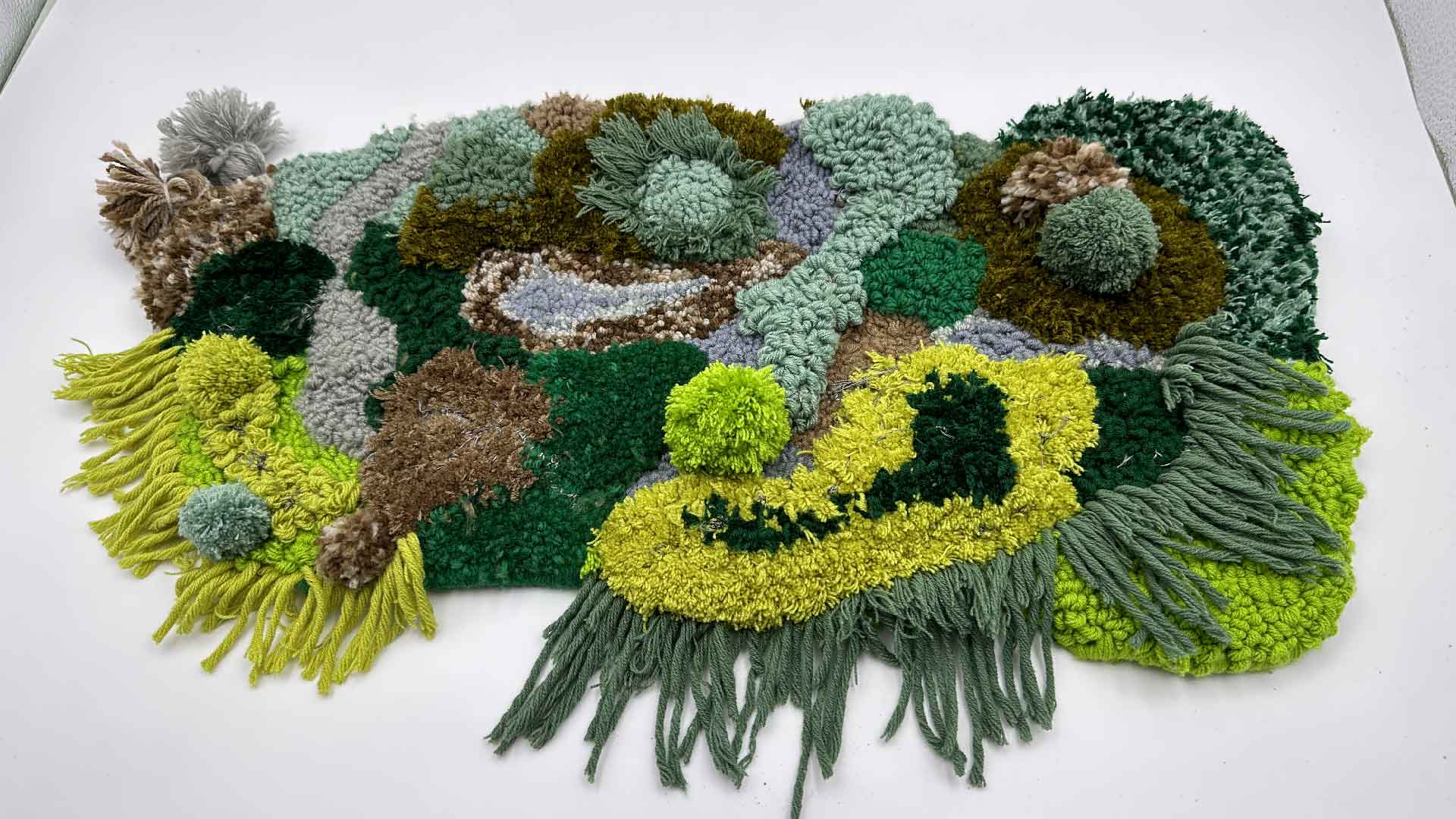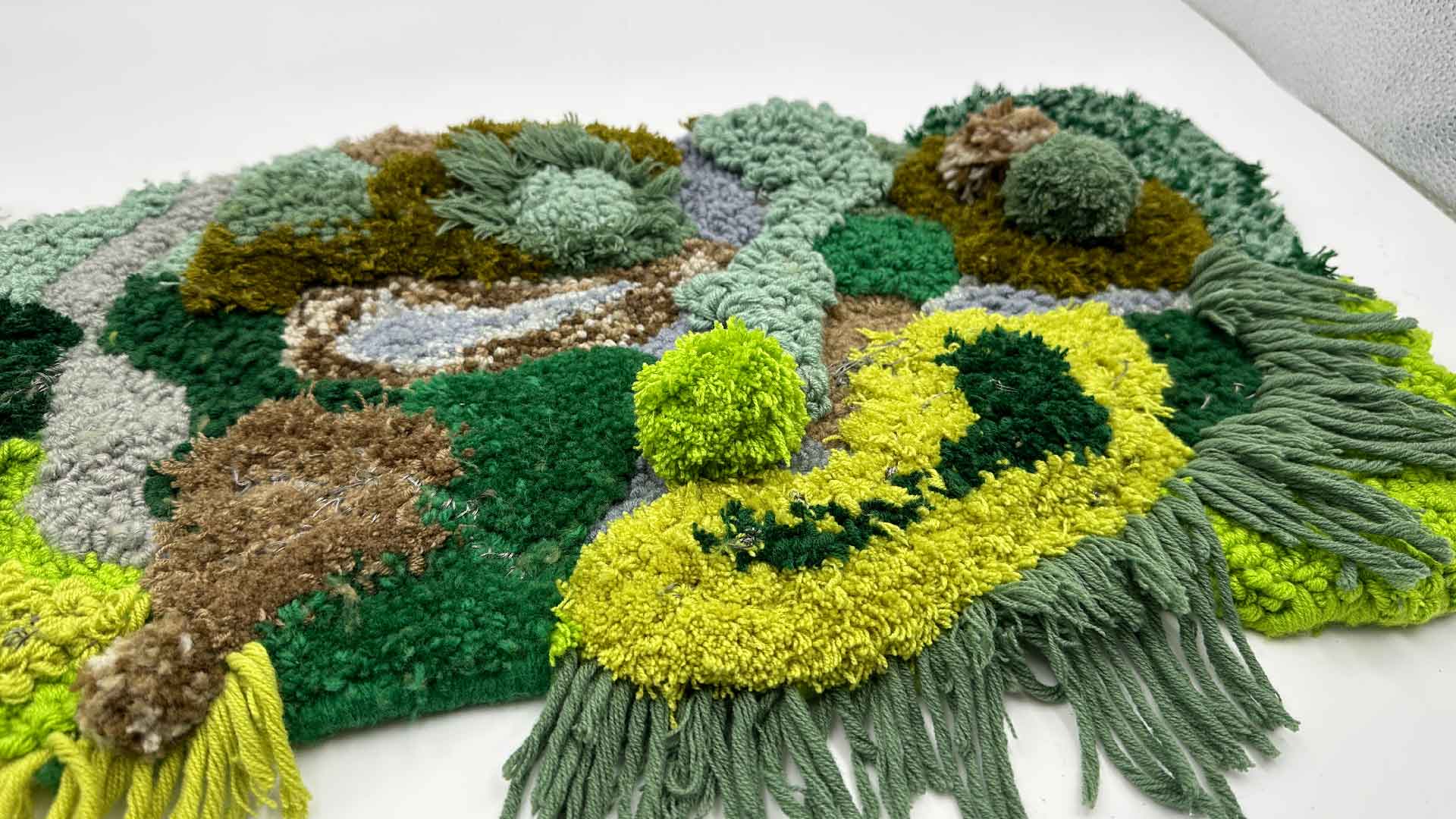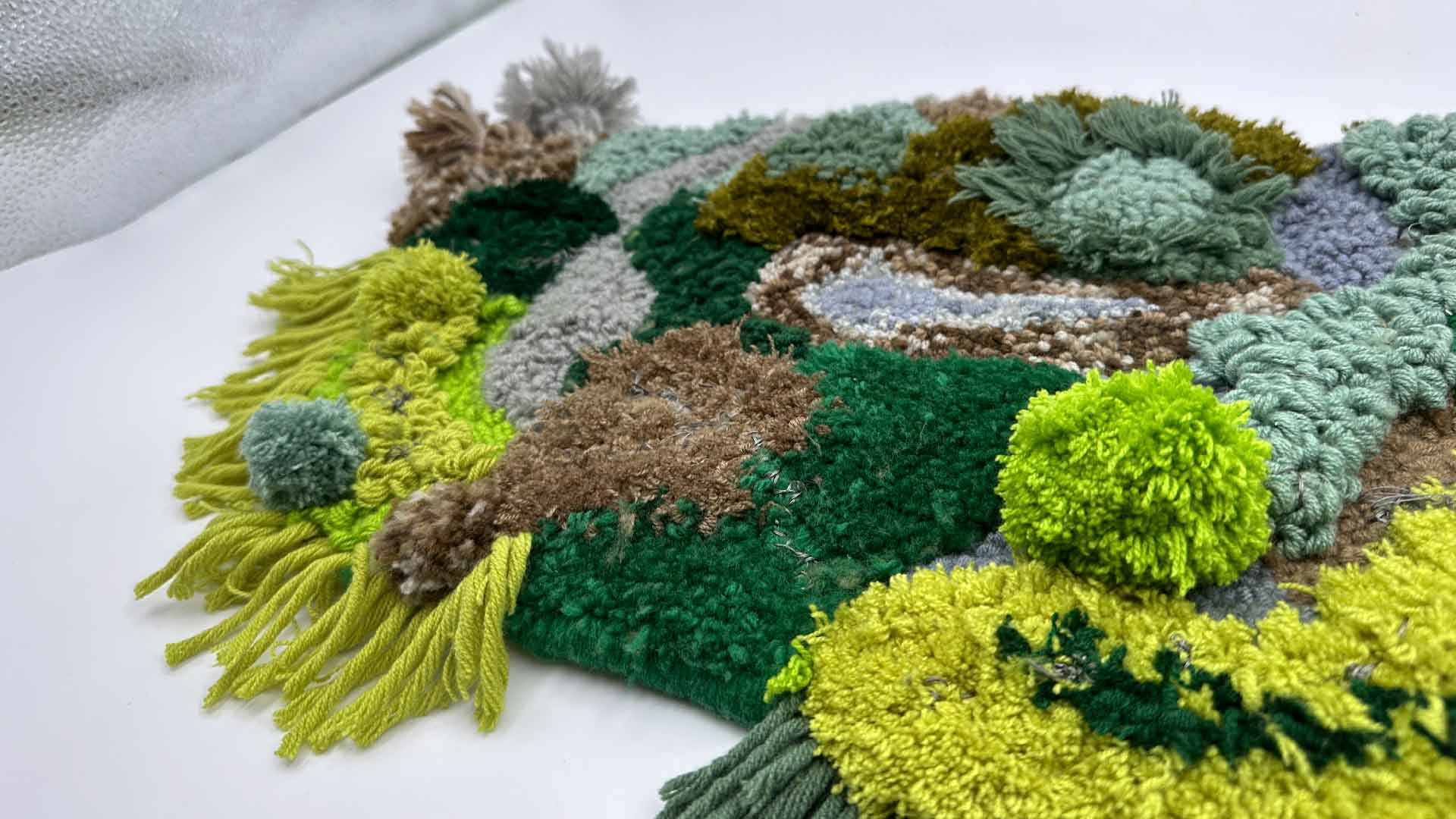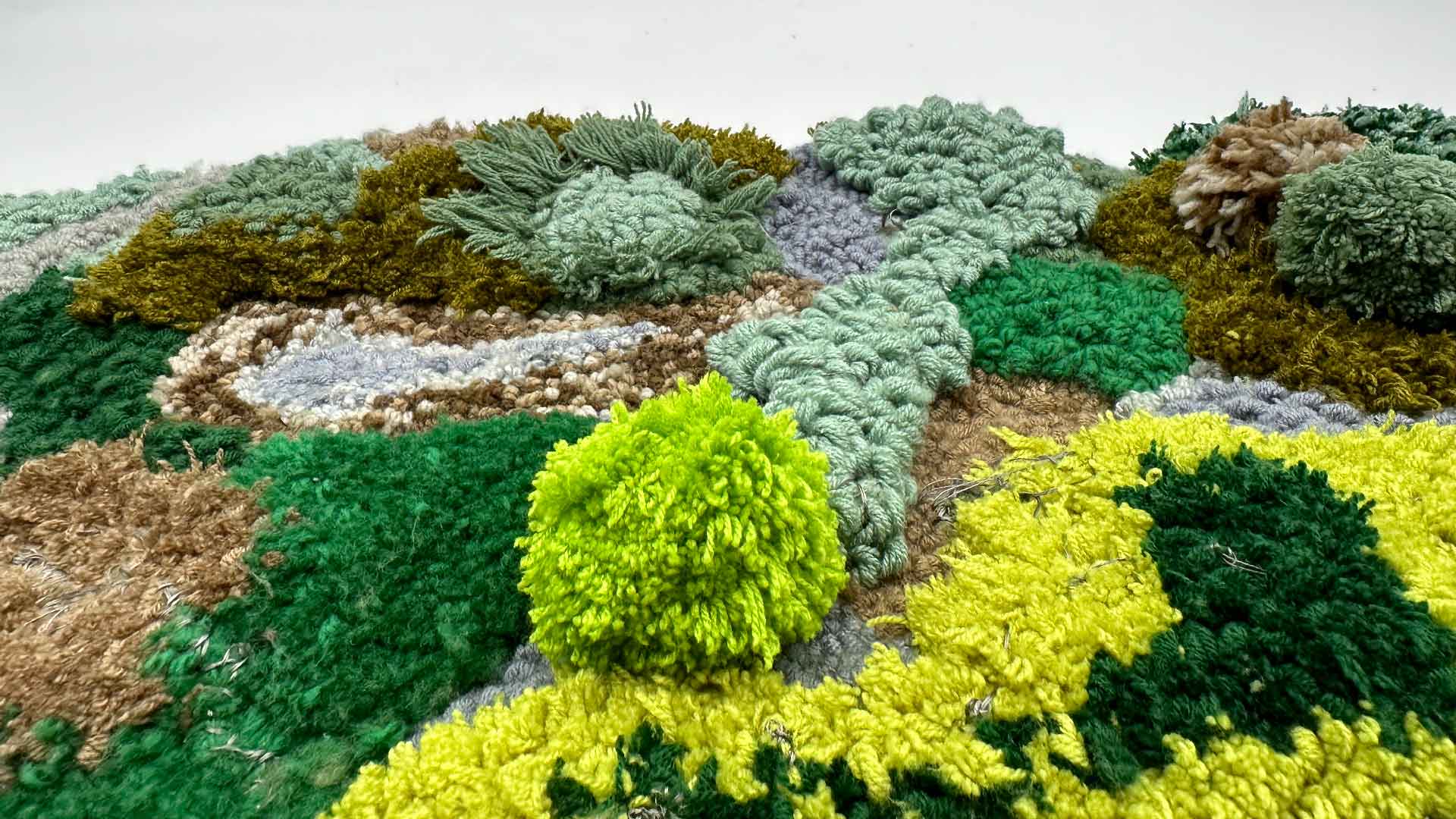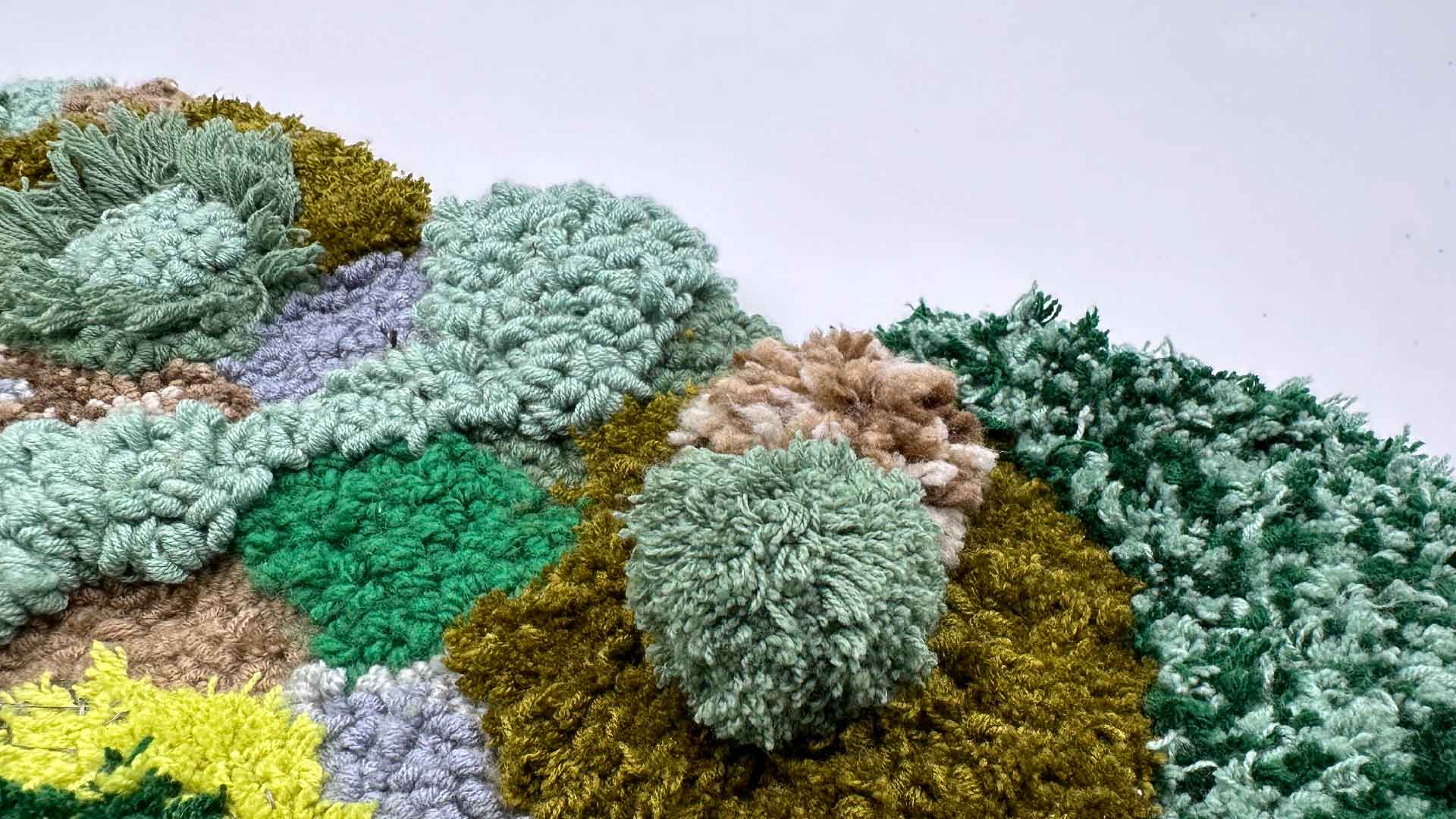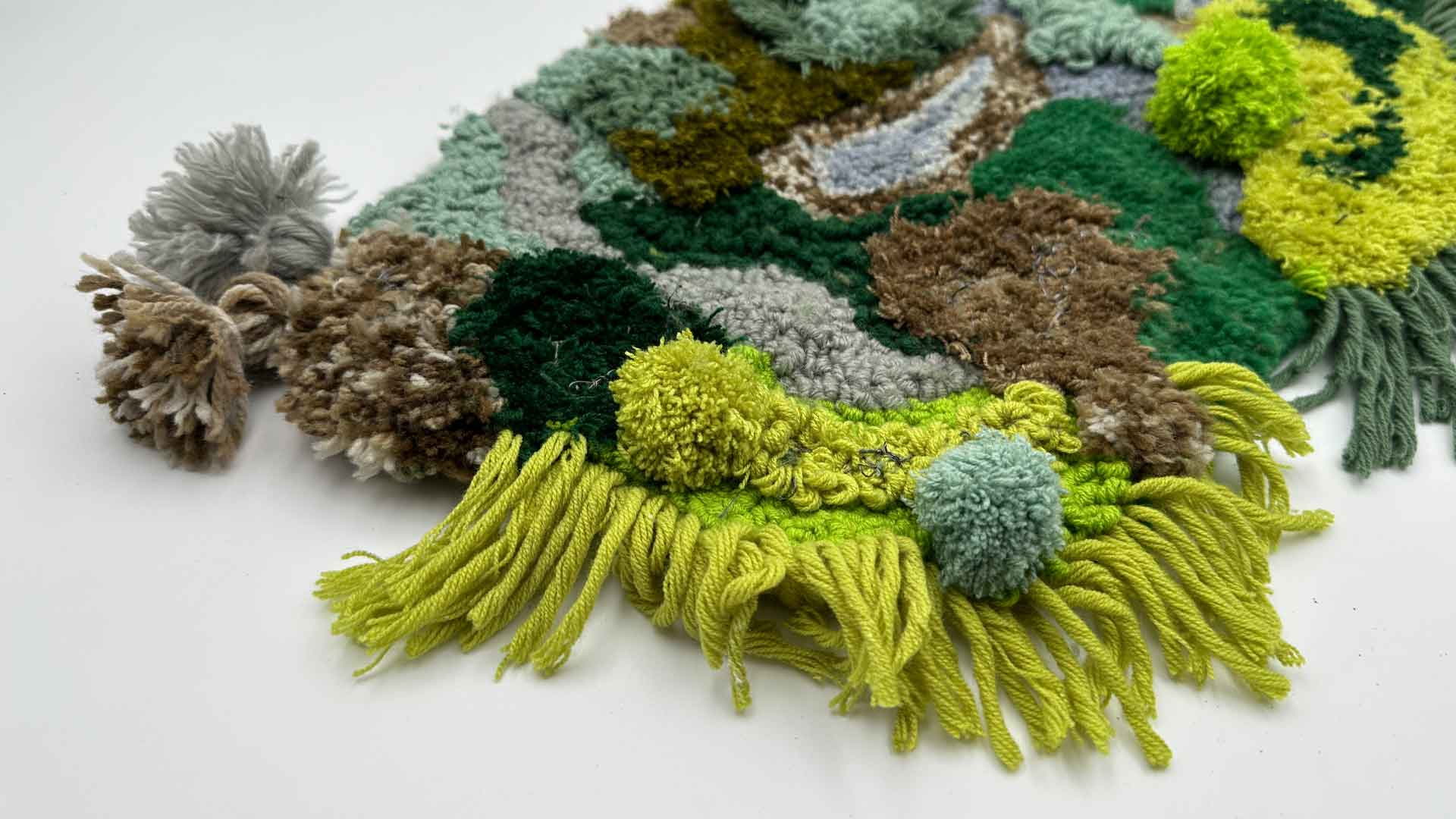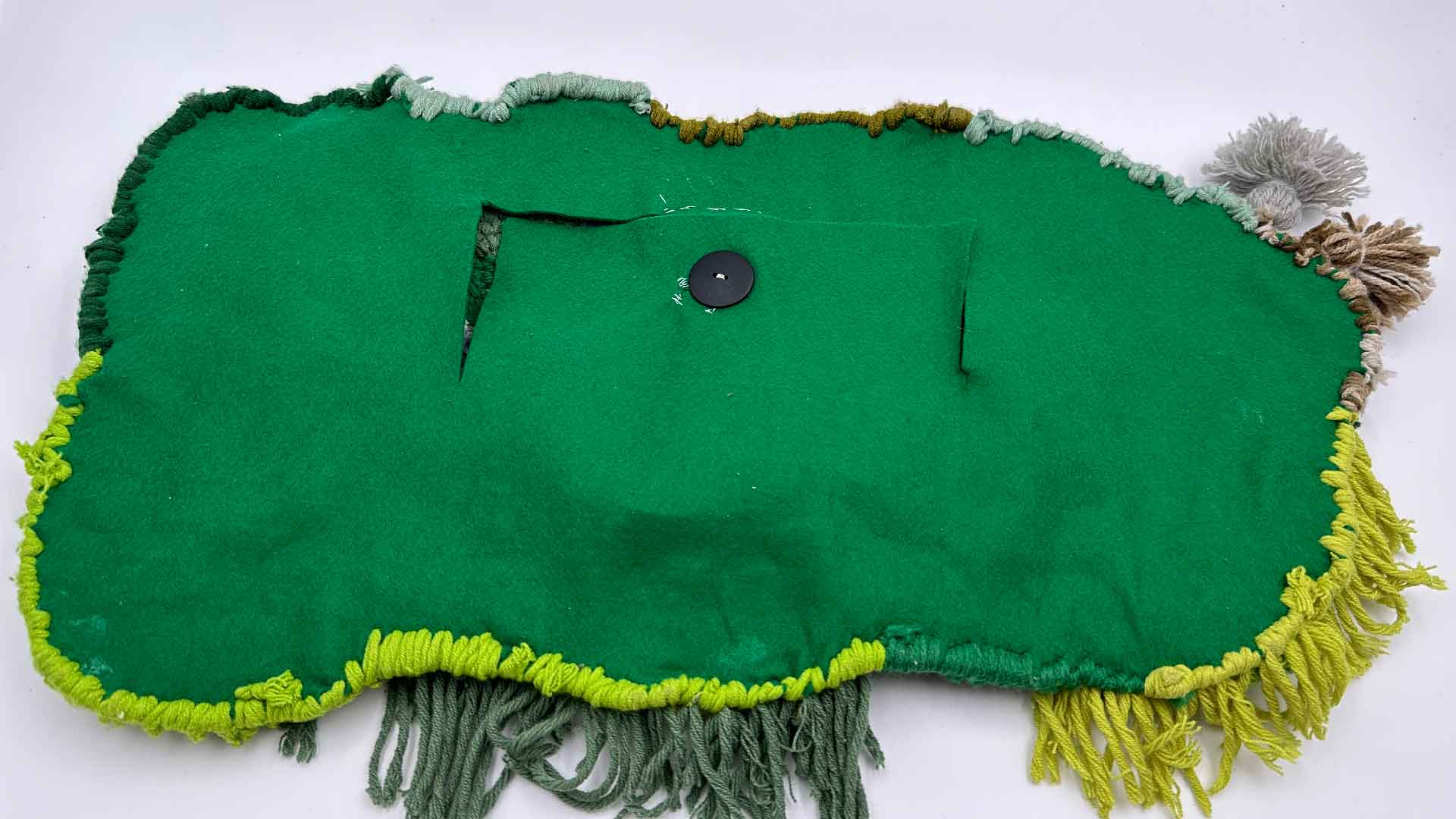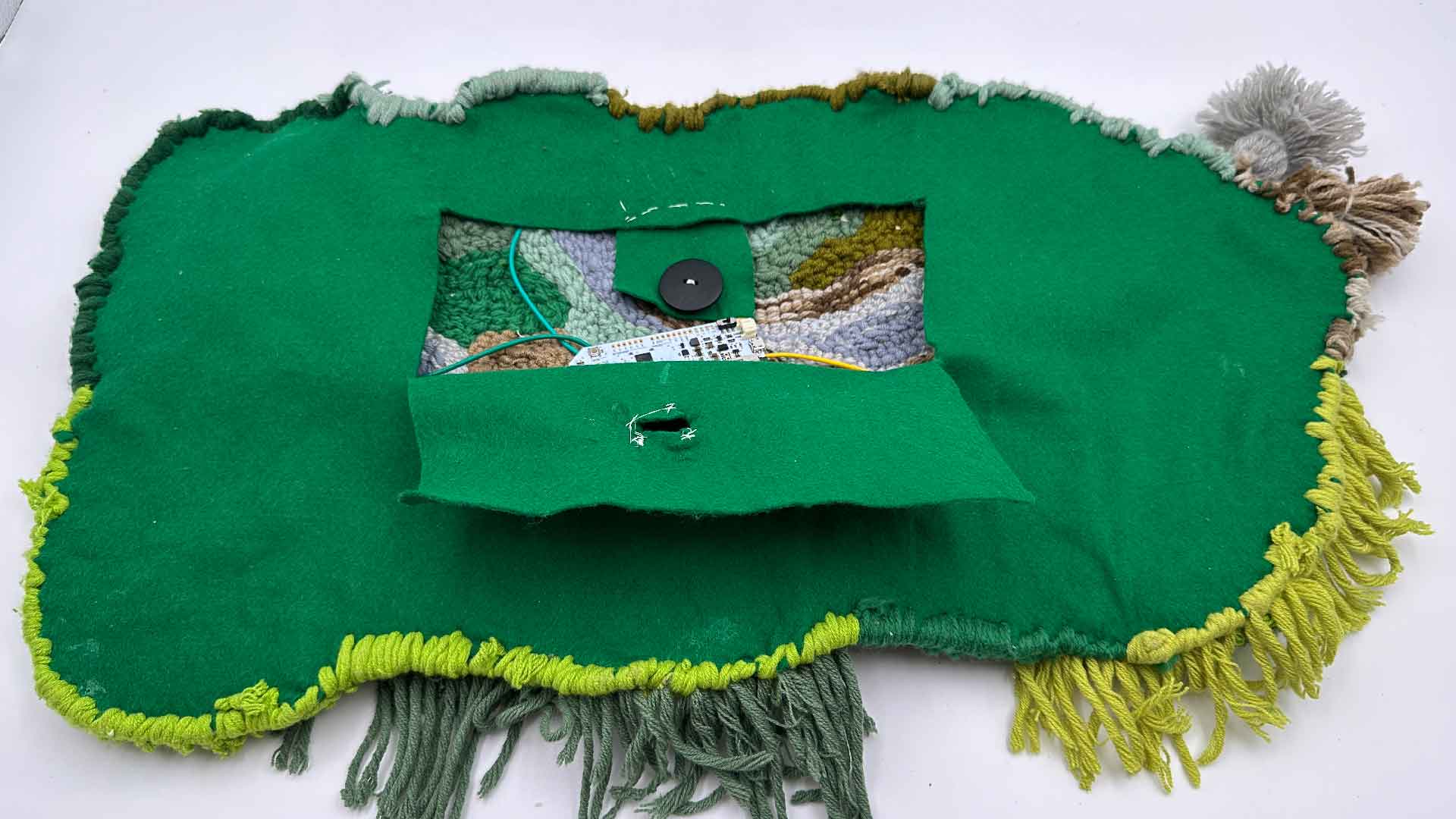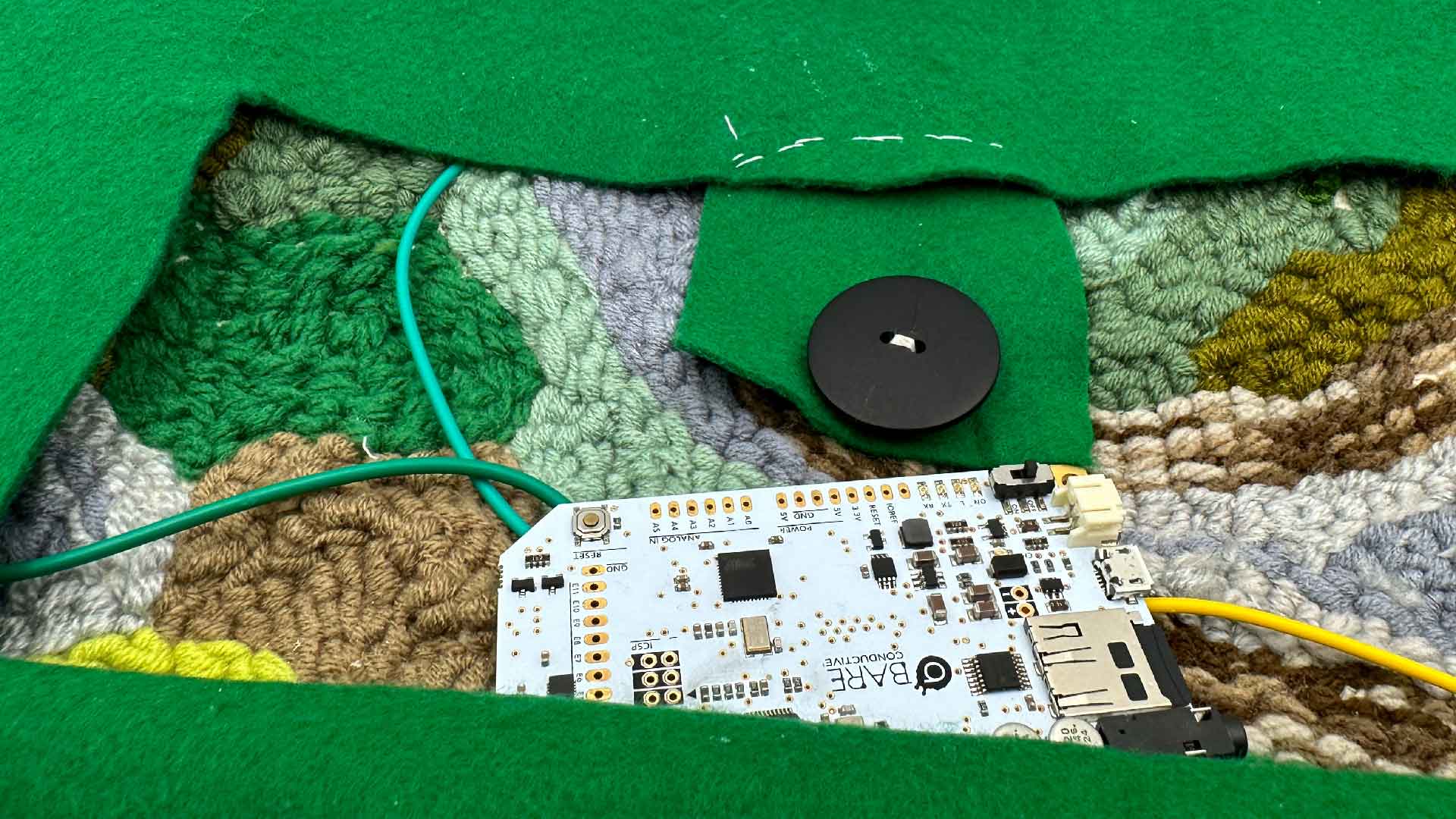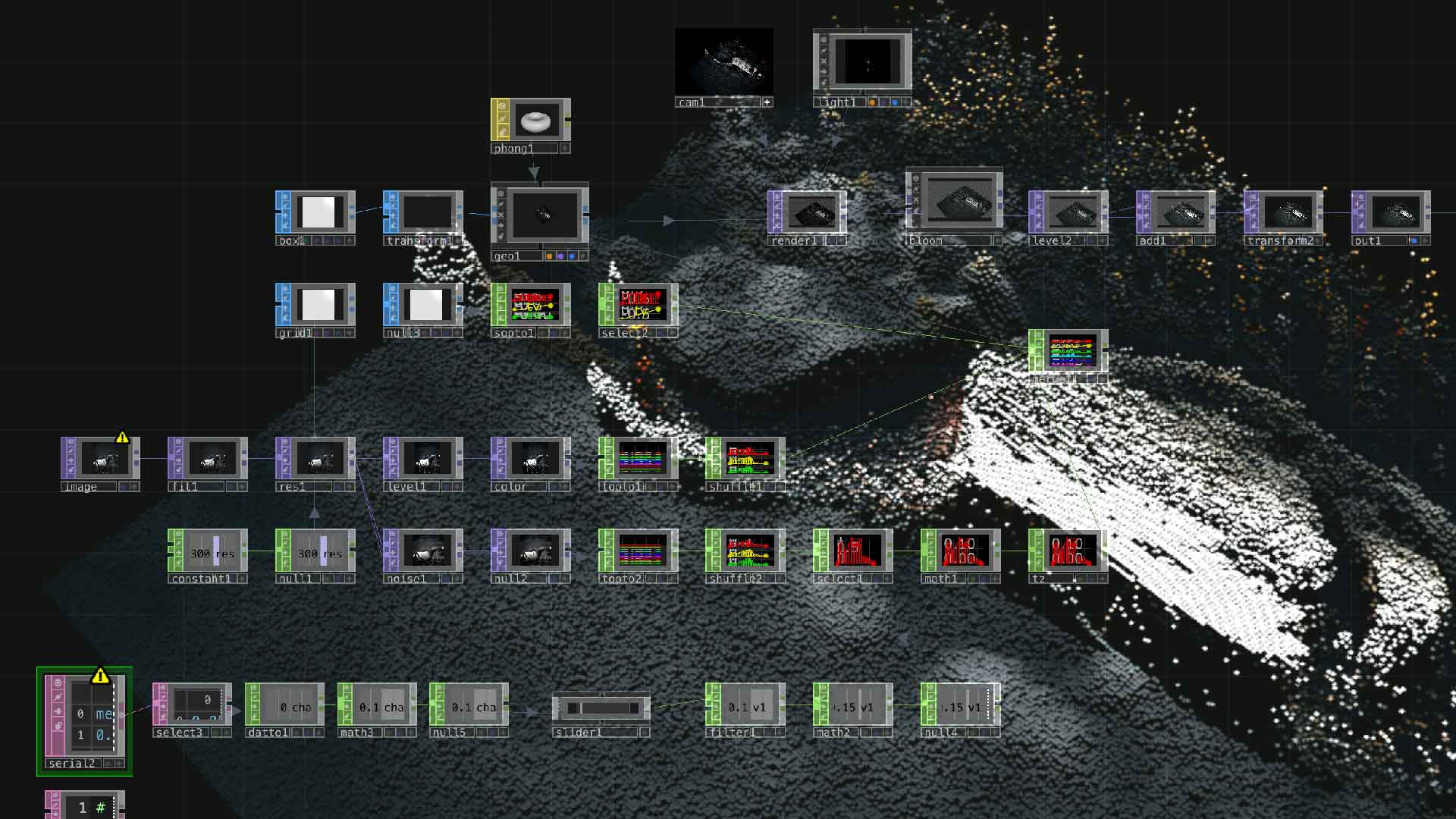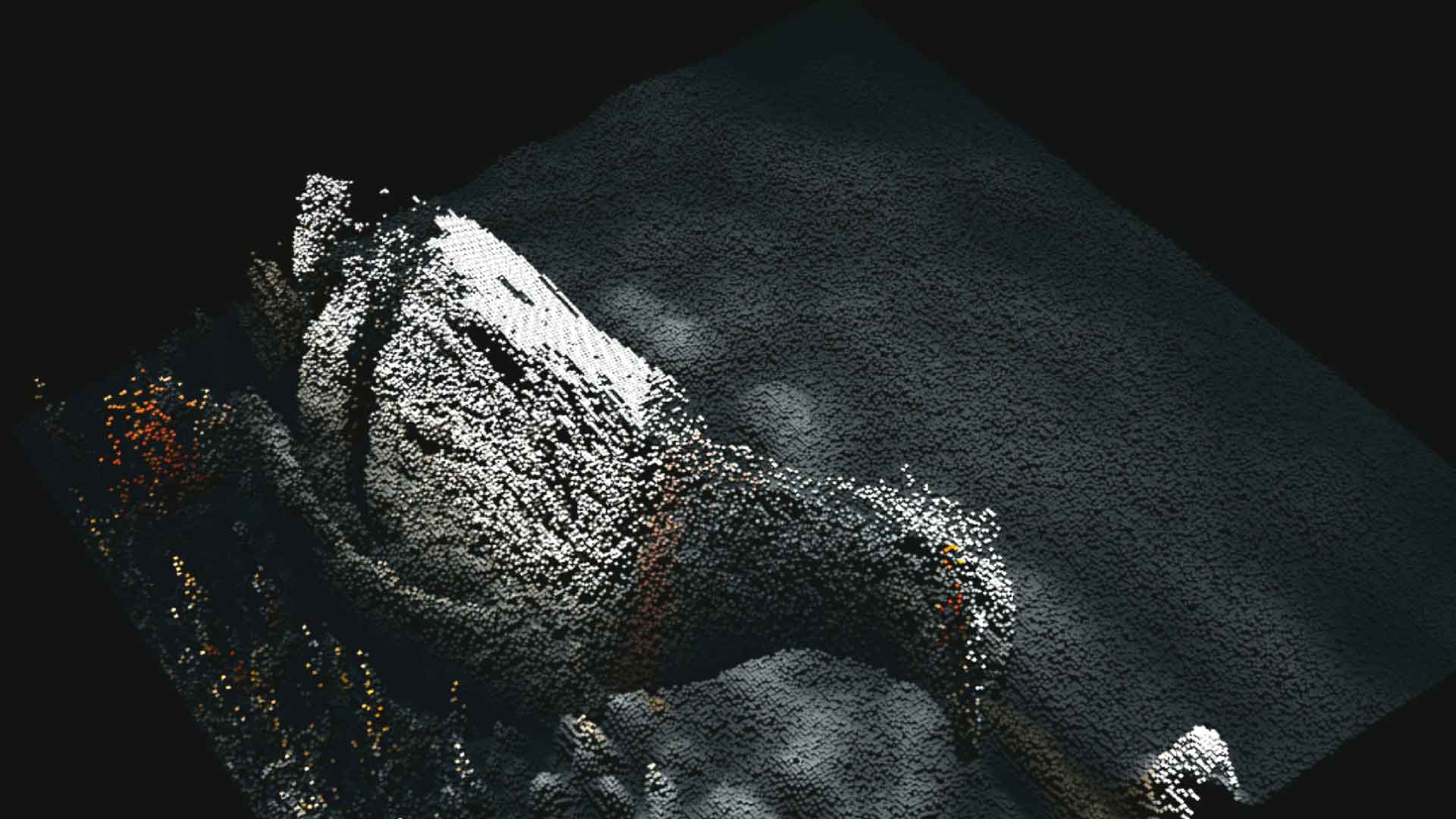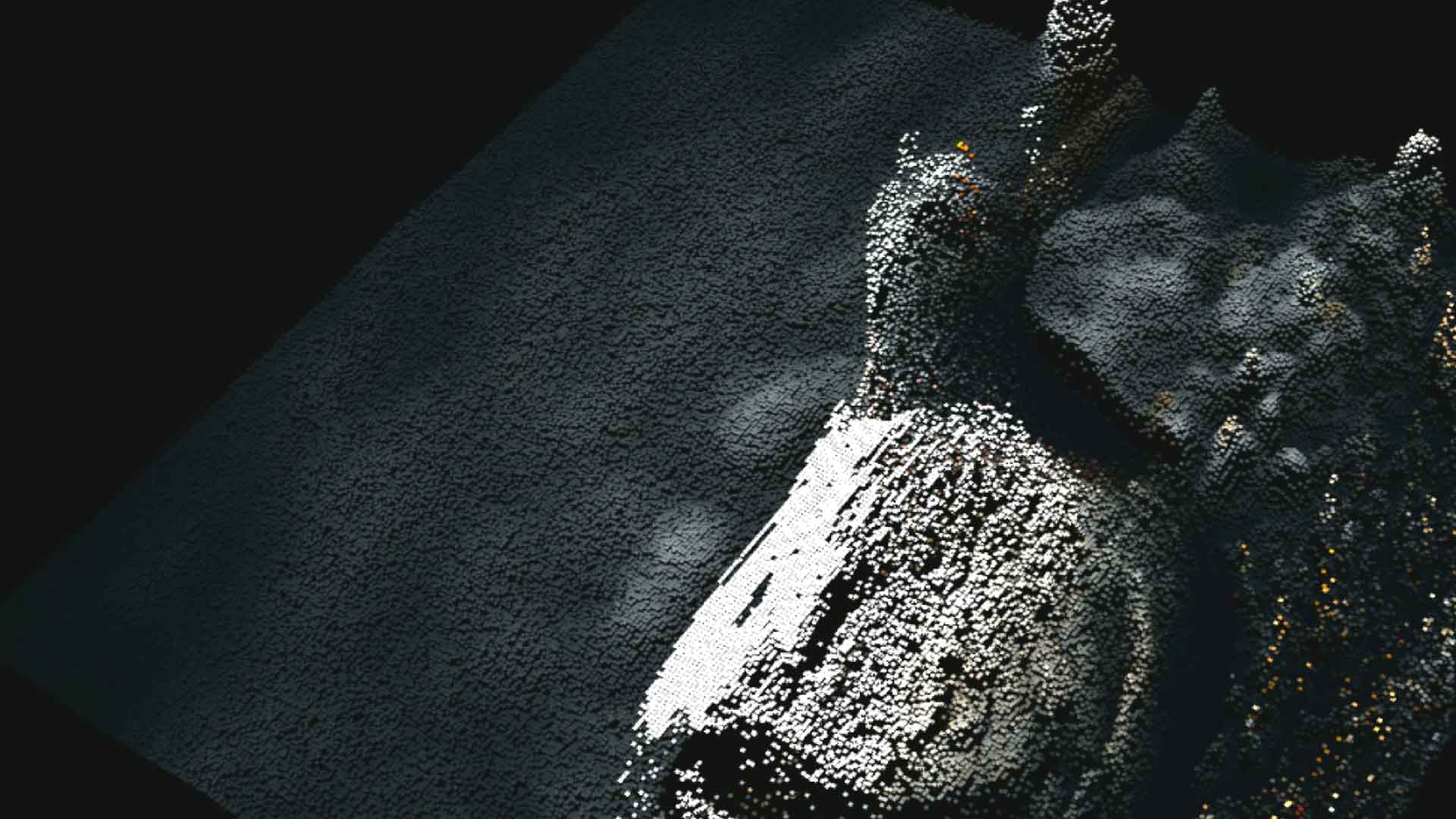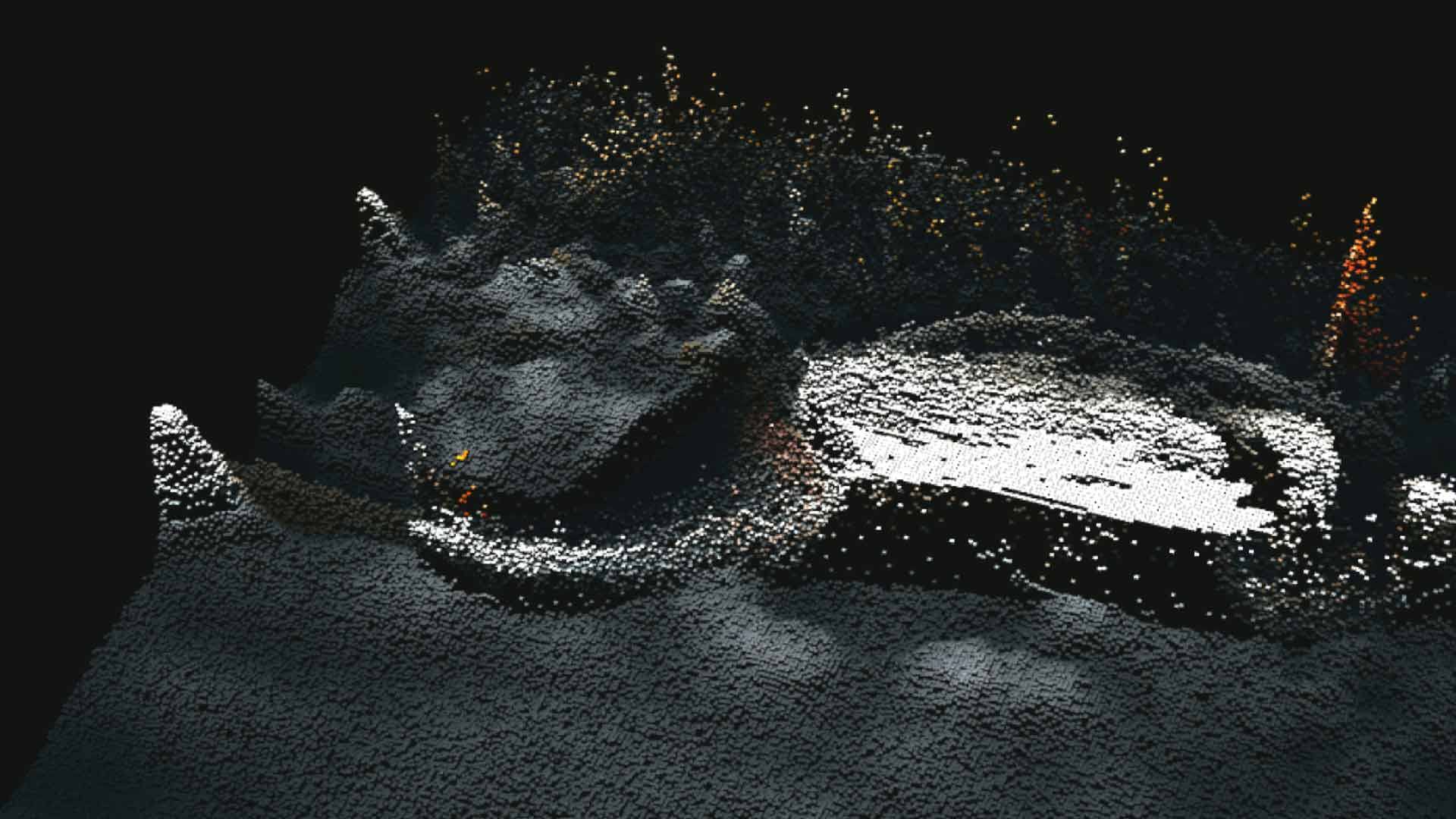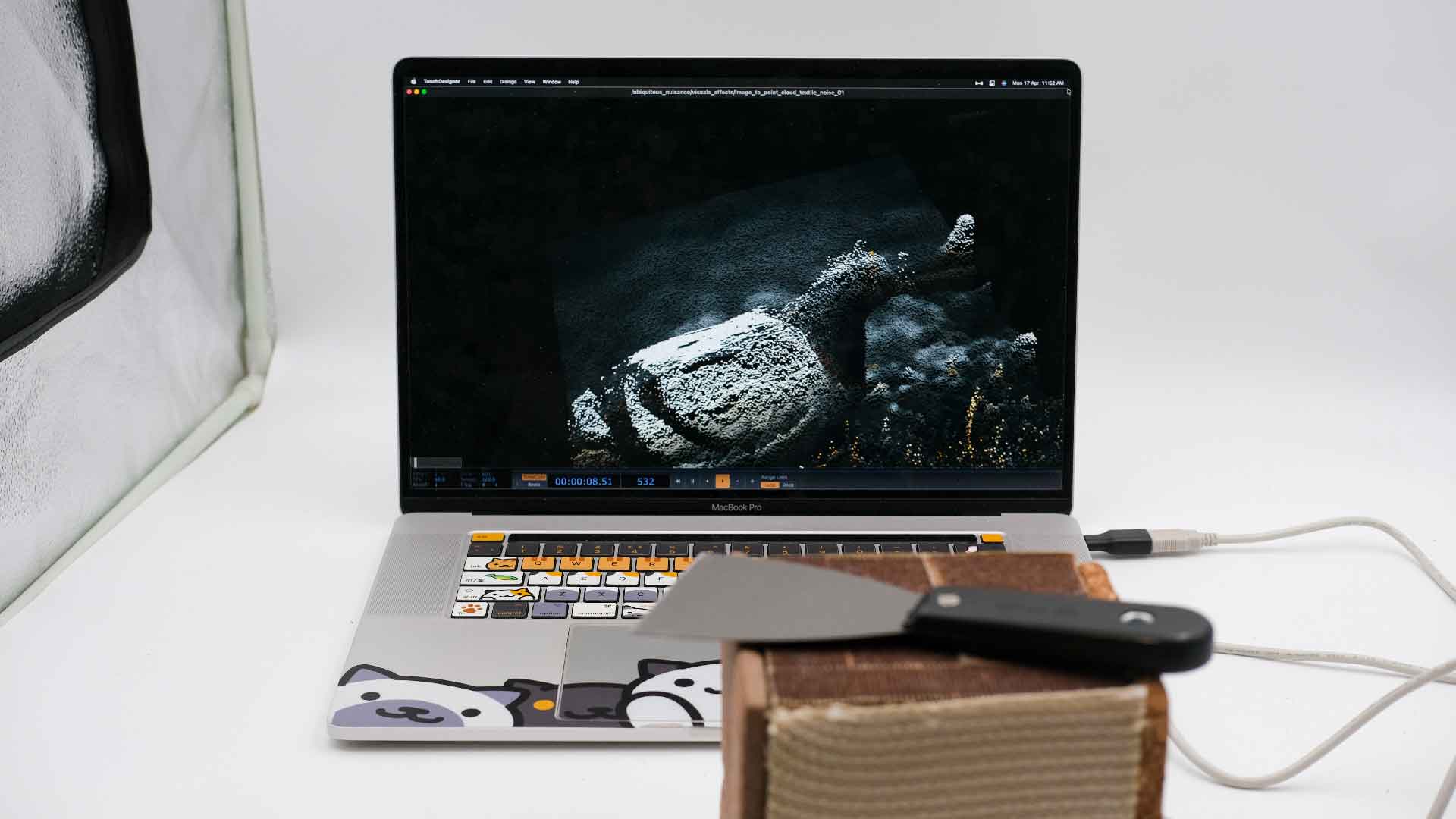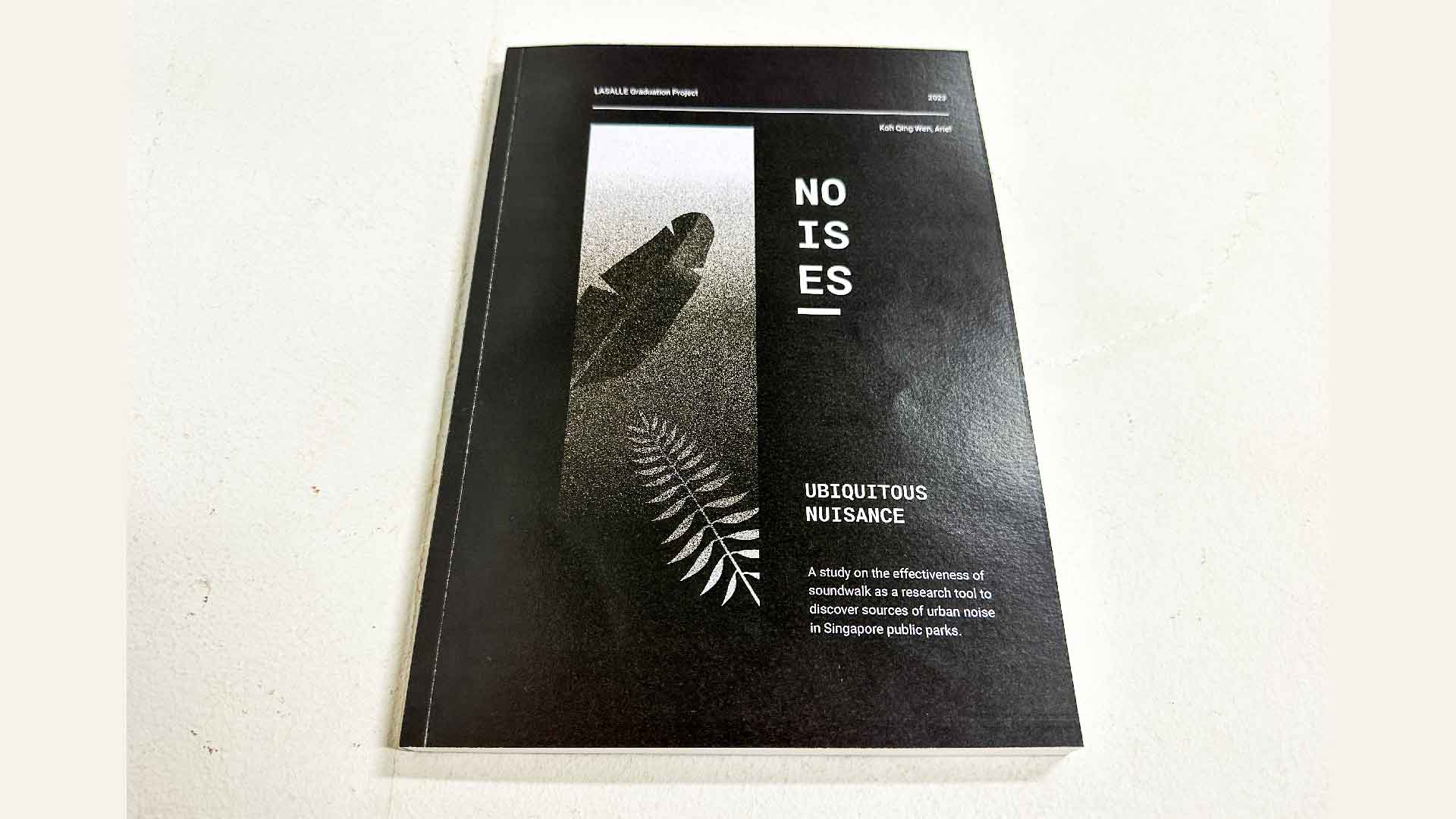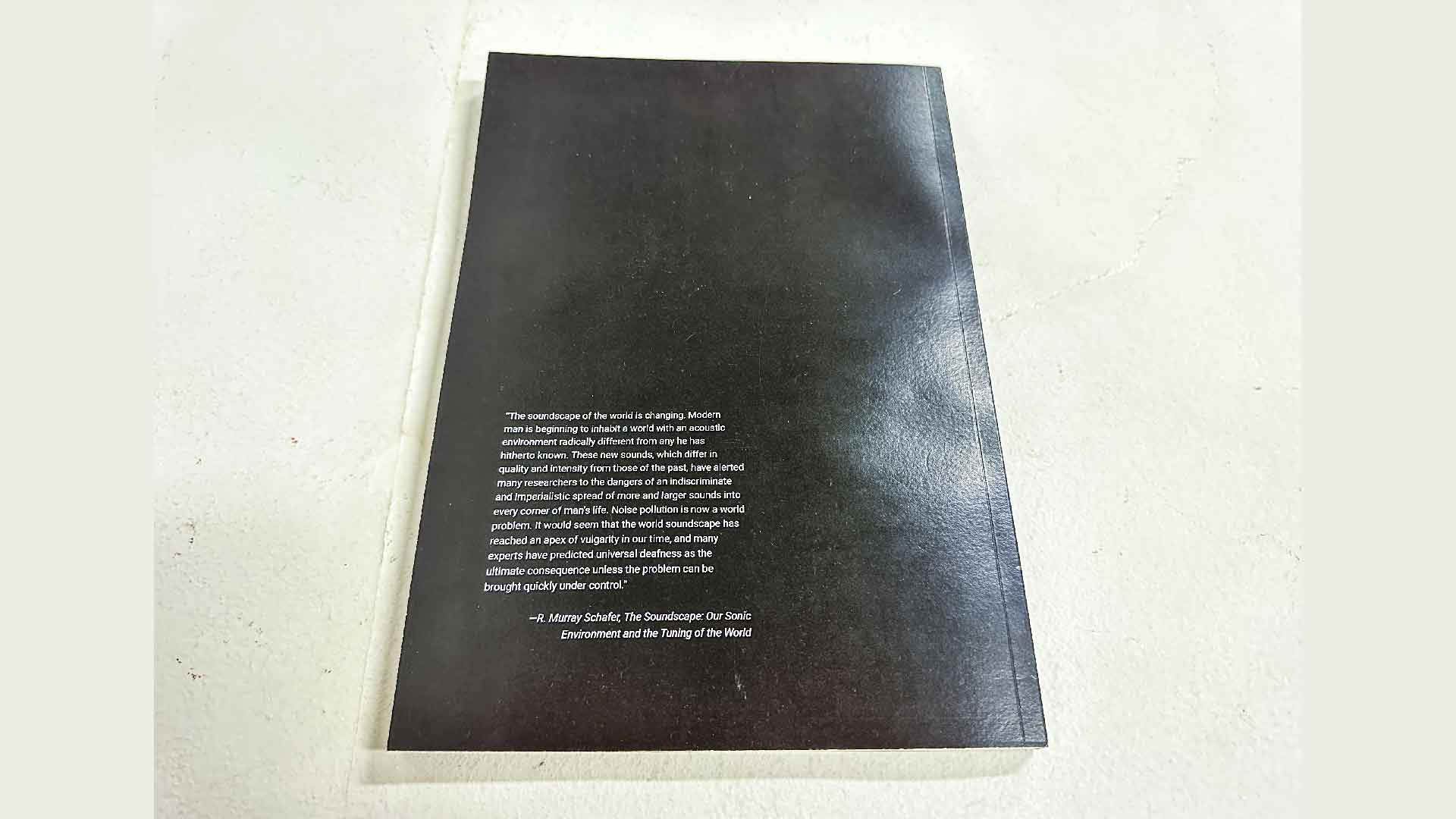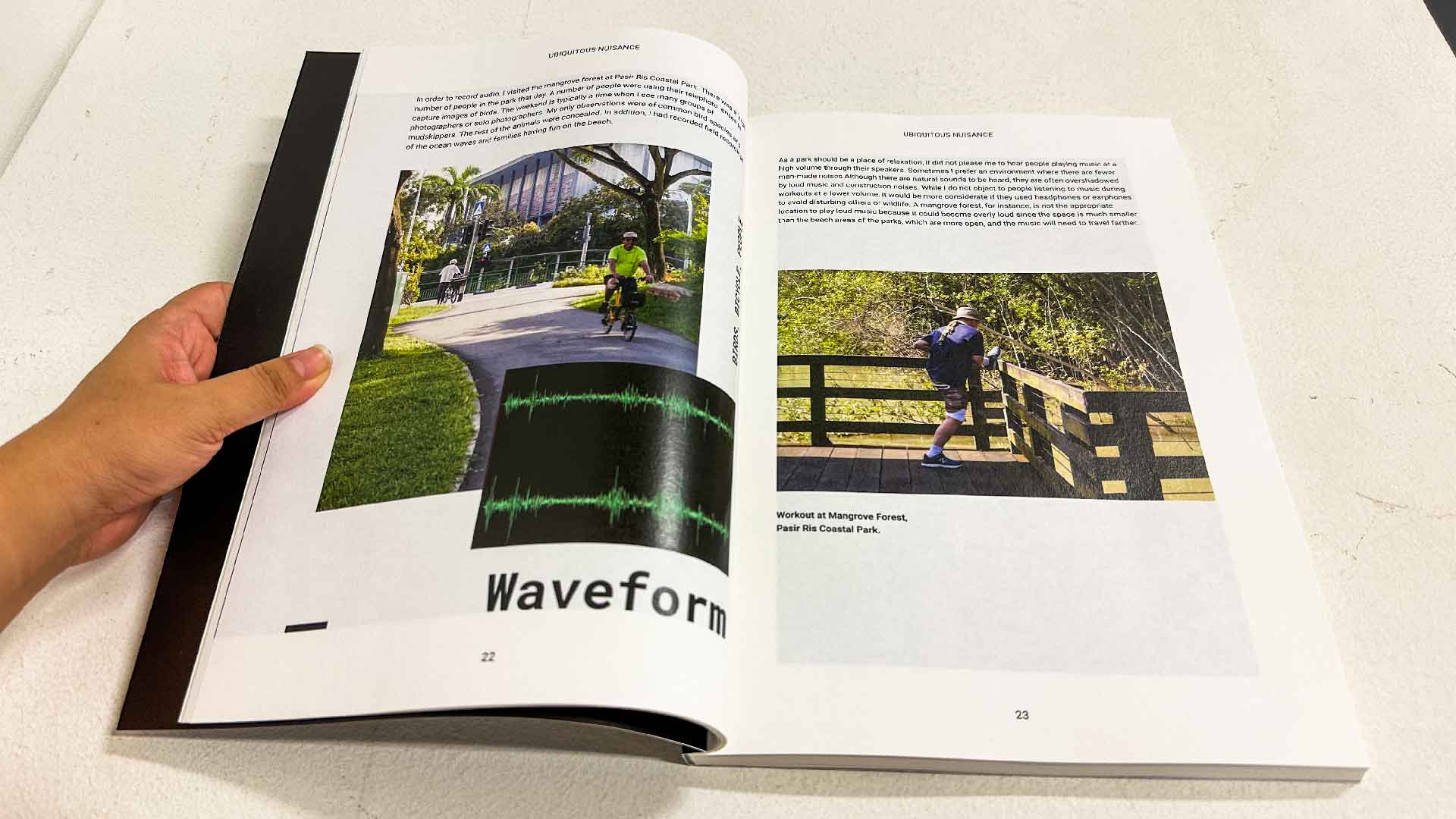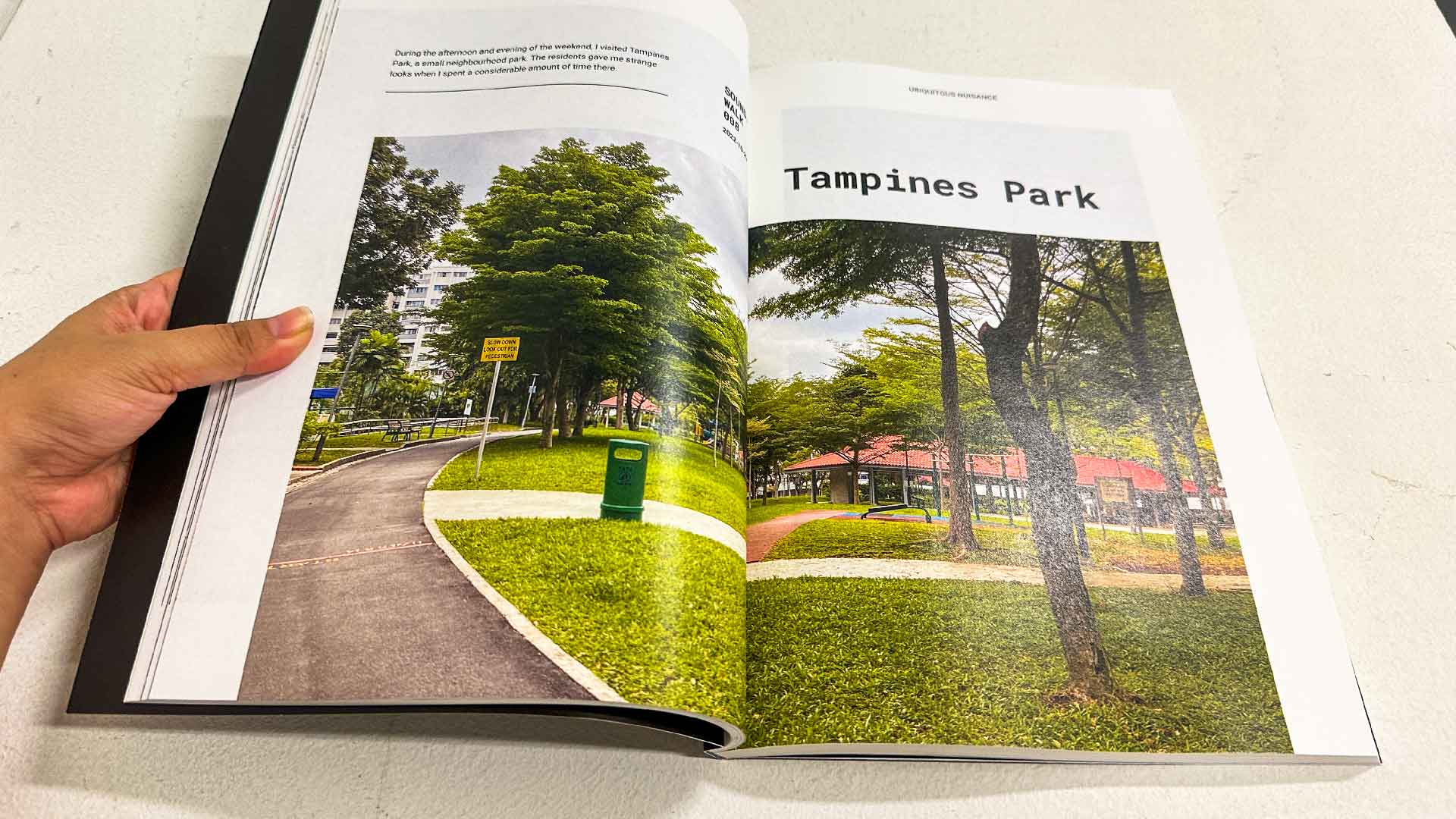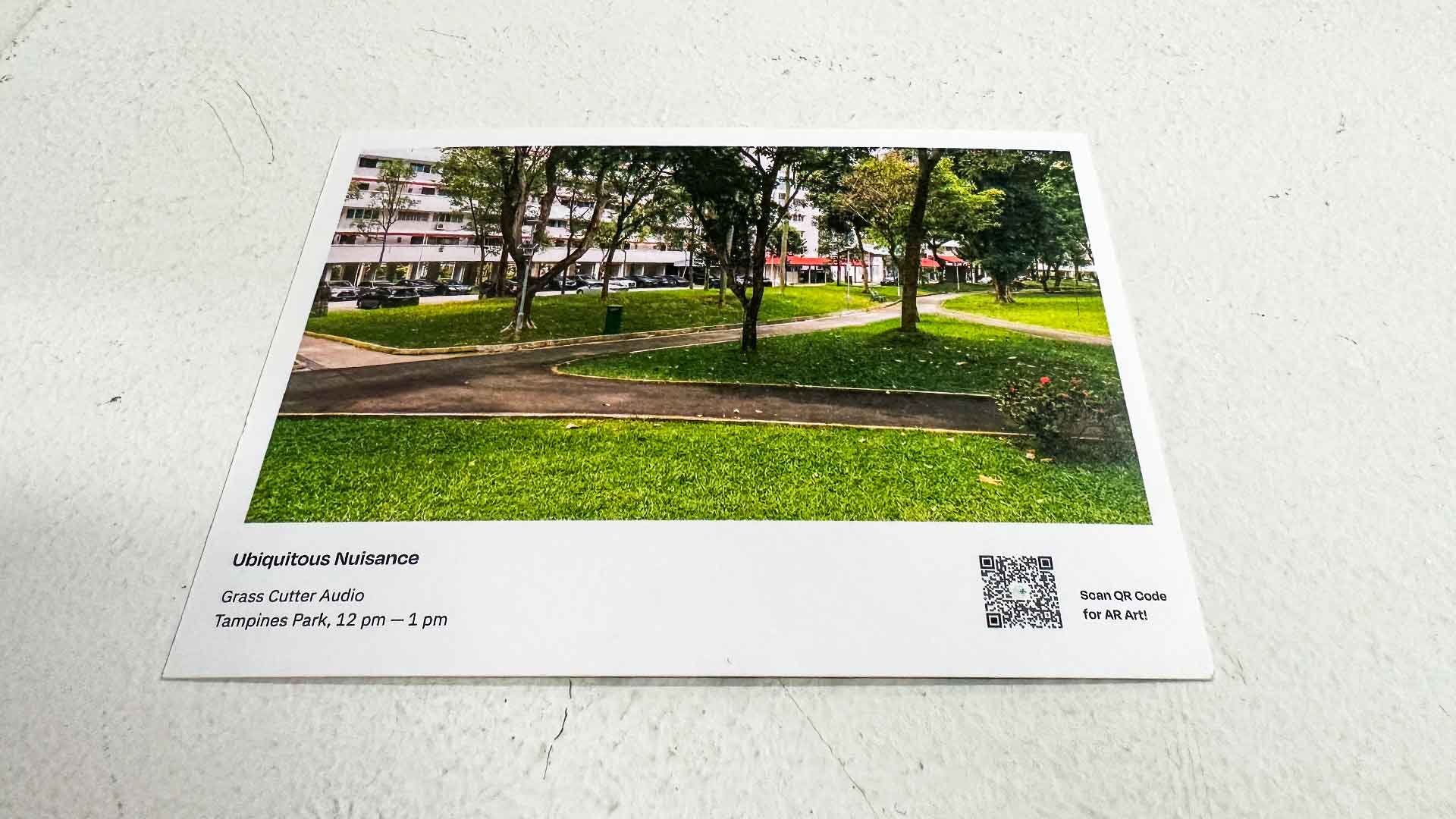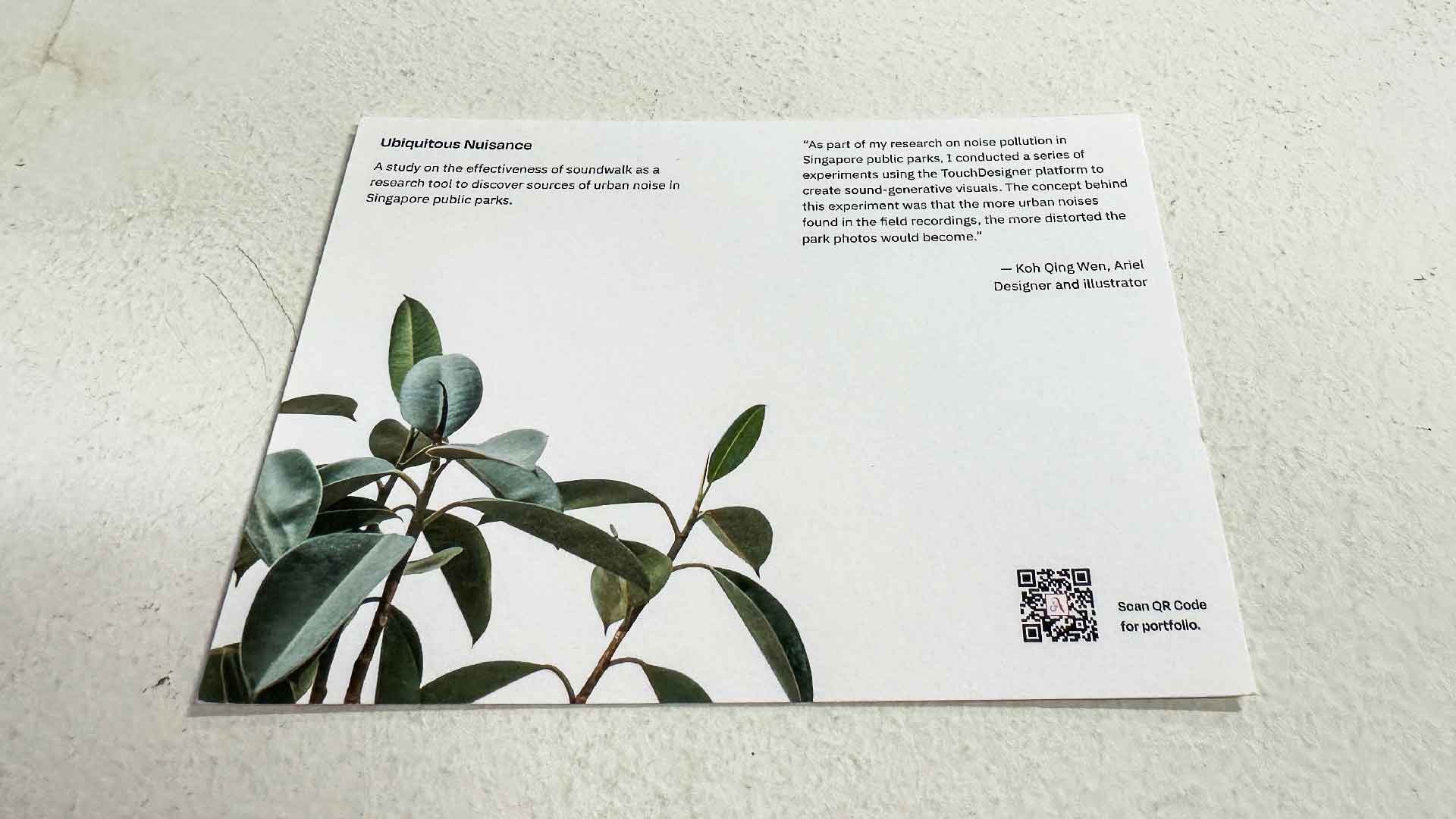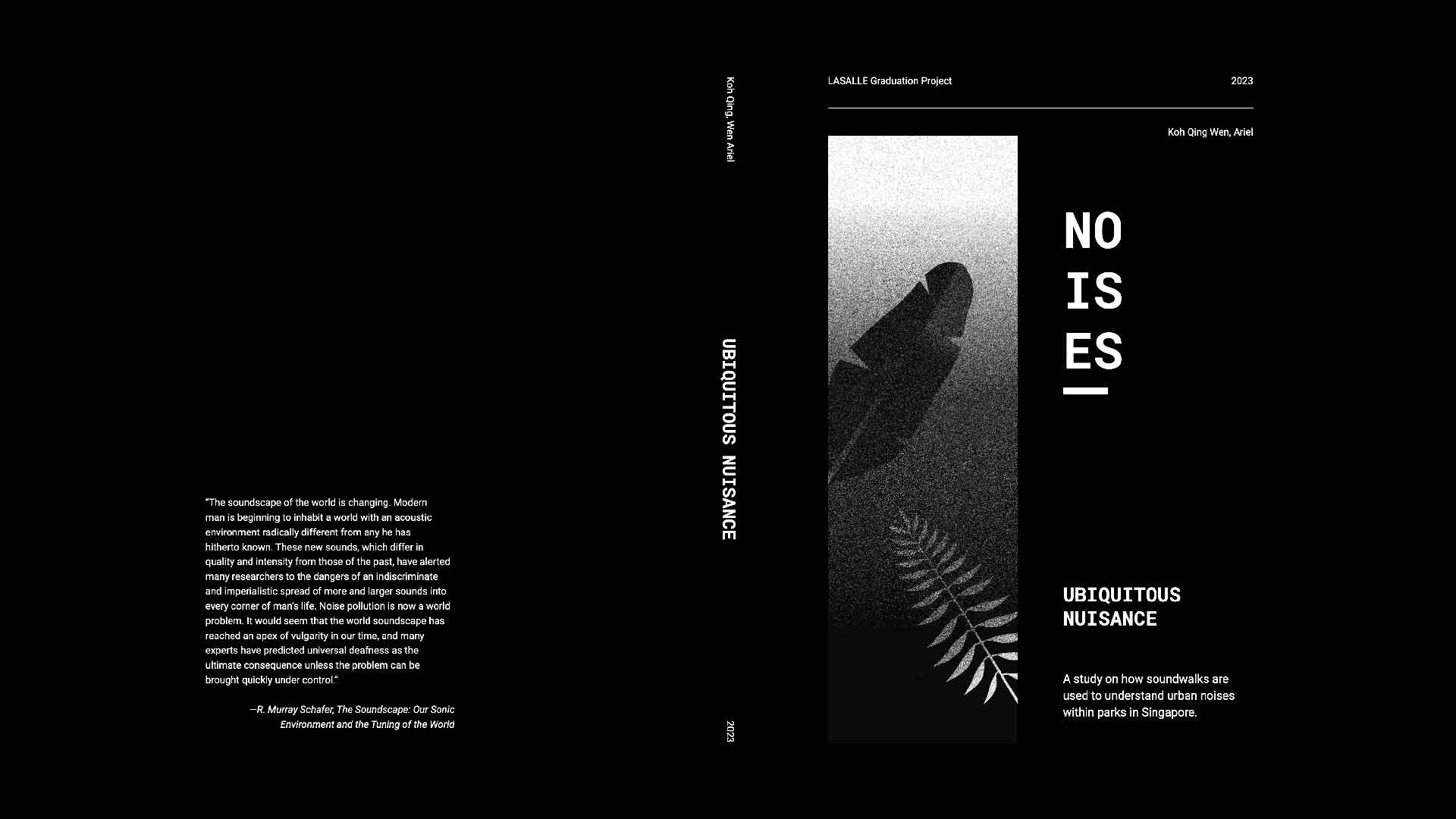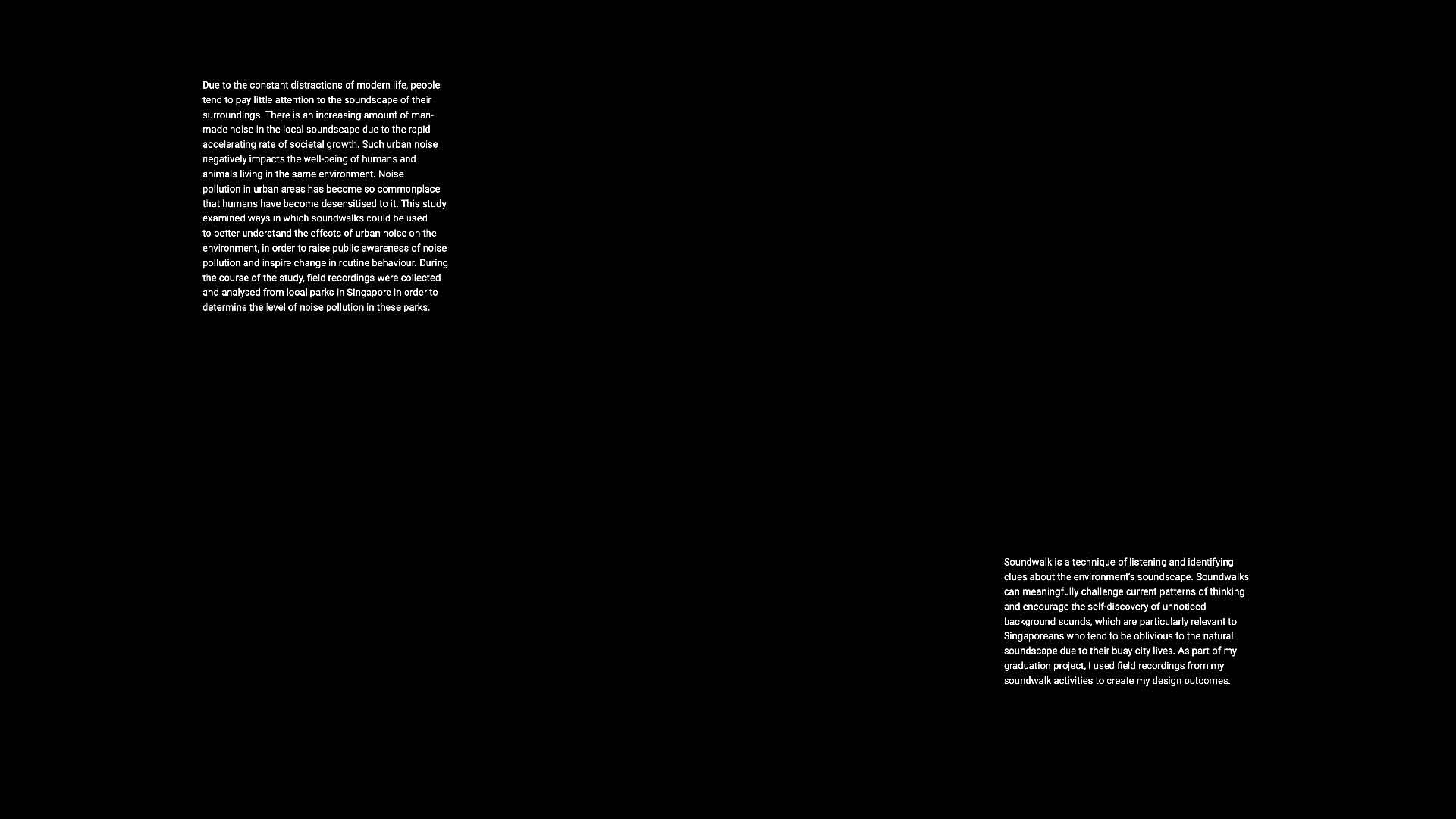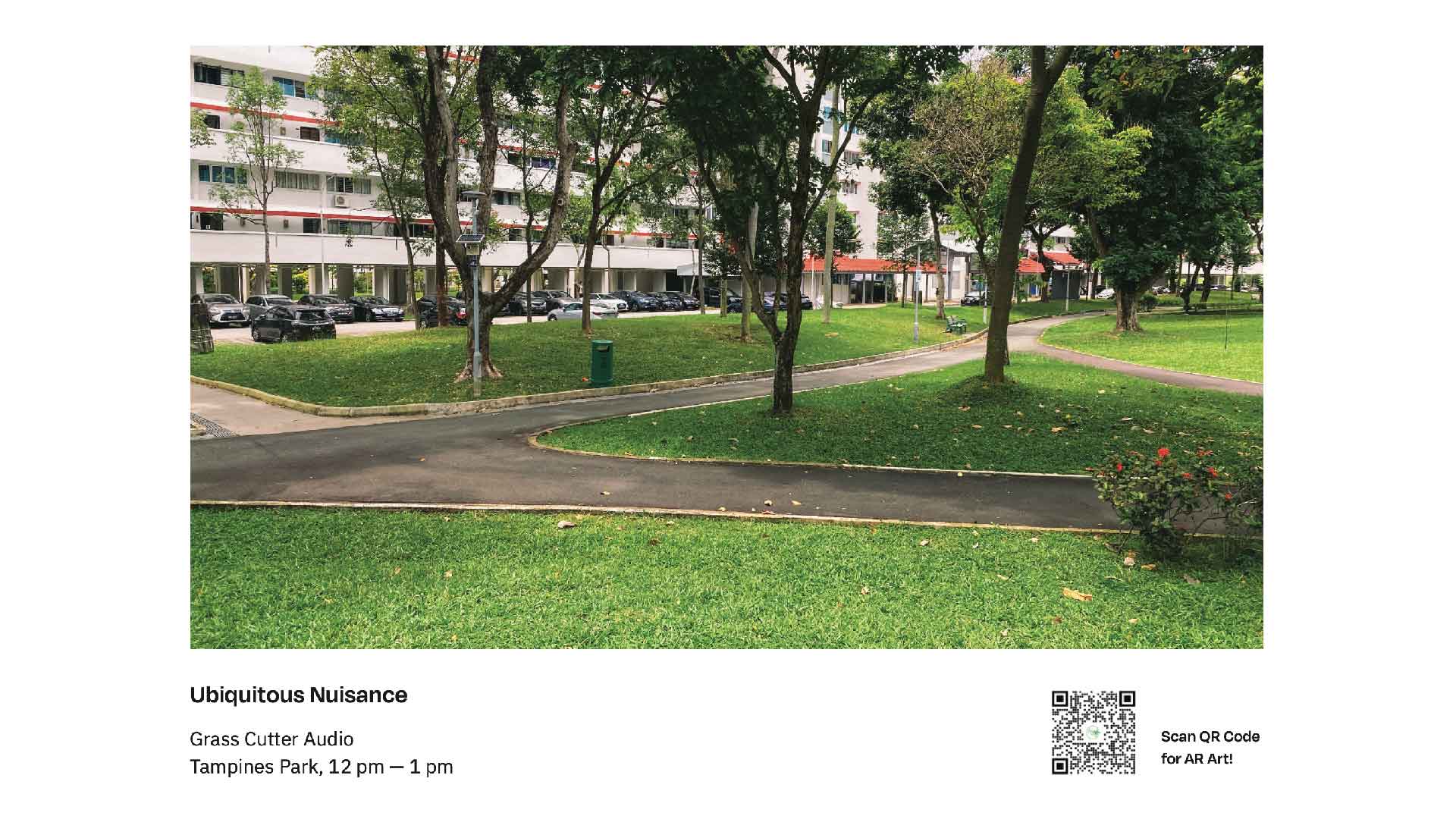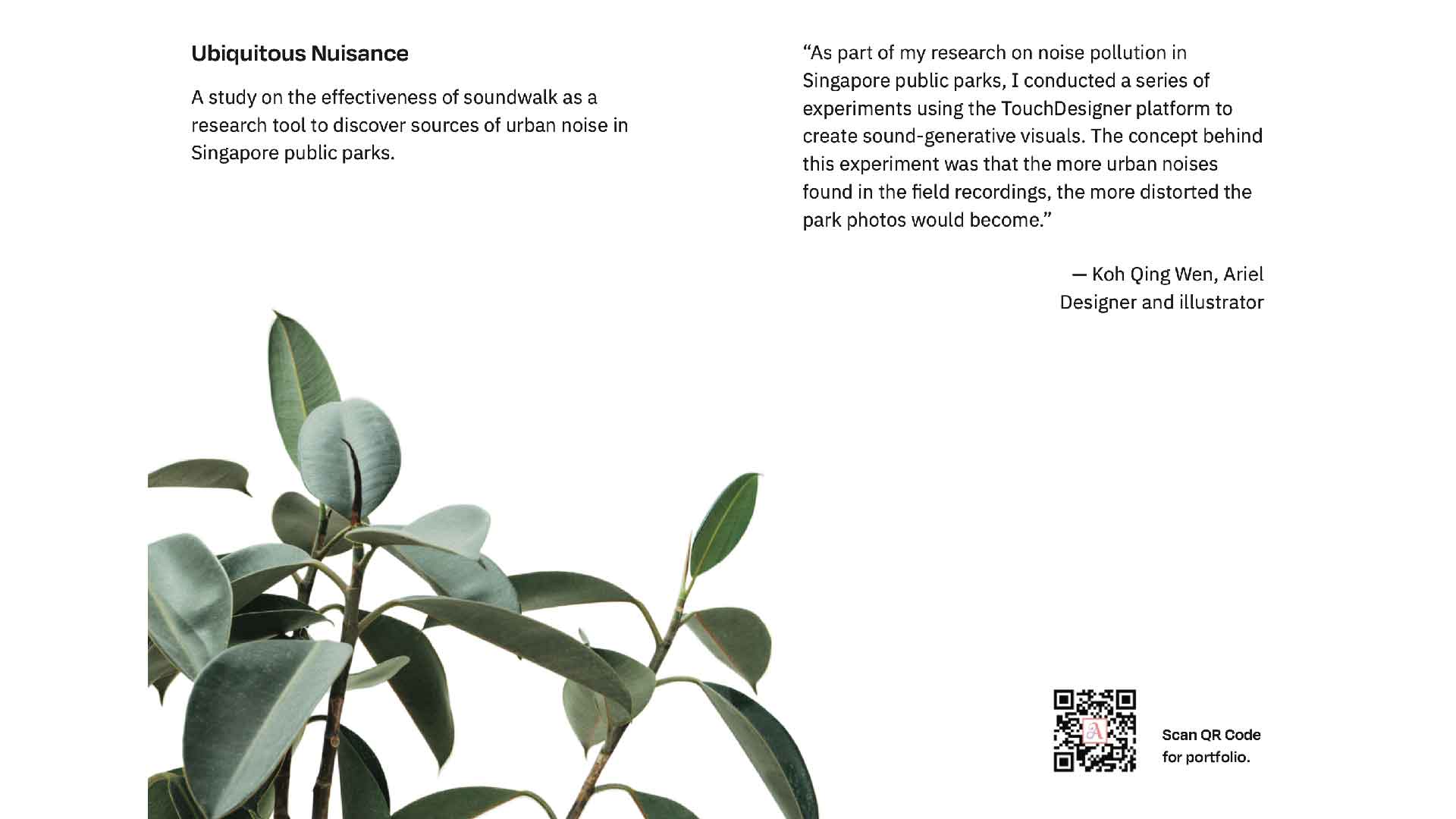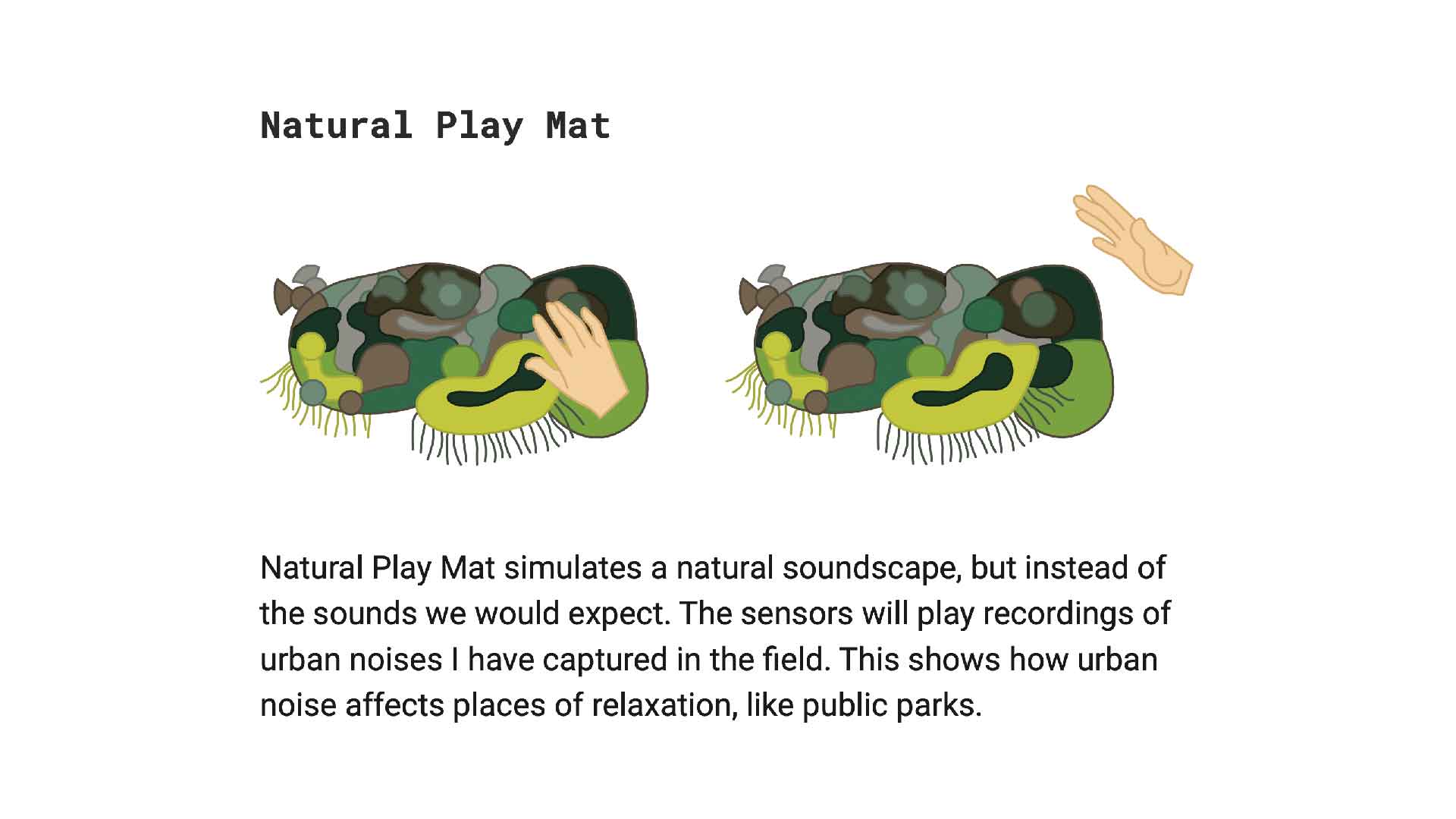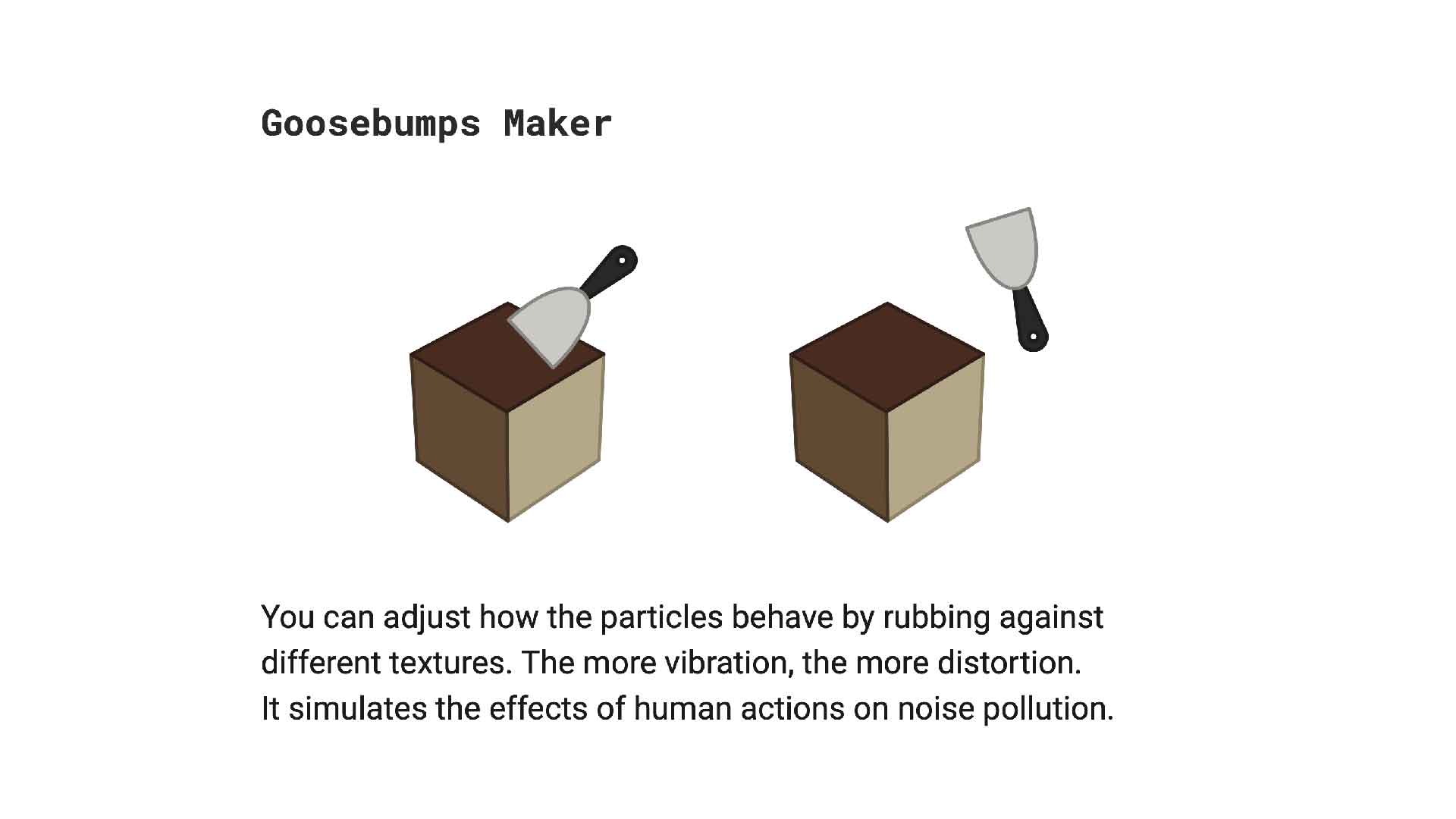Semester 02 Final Artefact
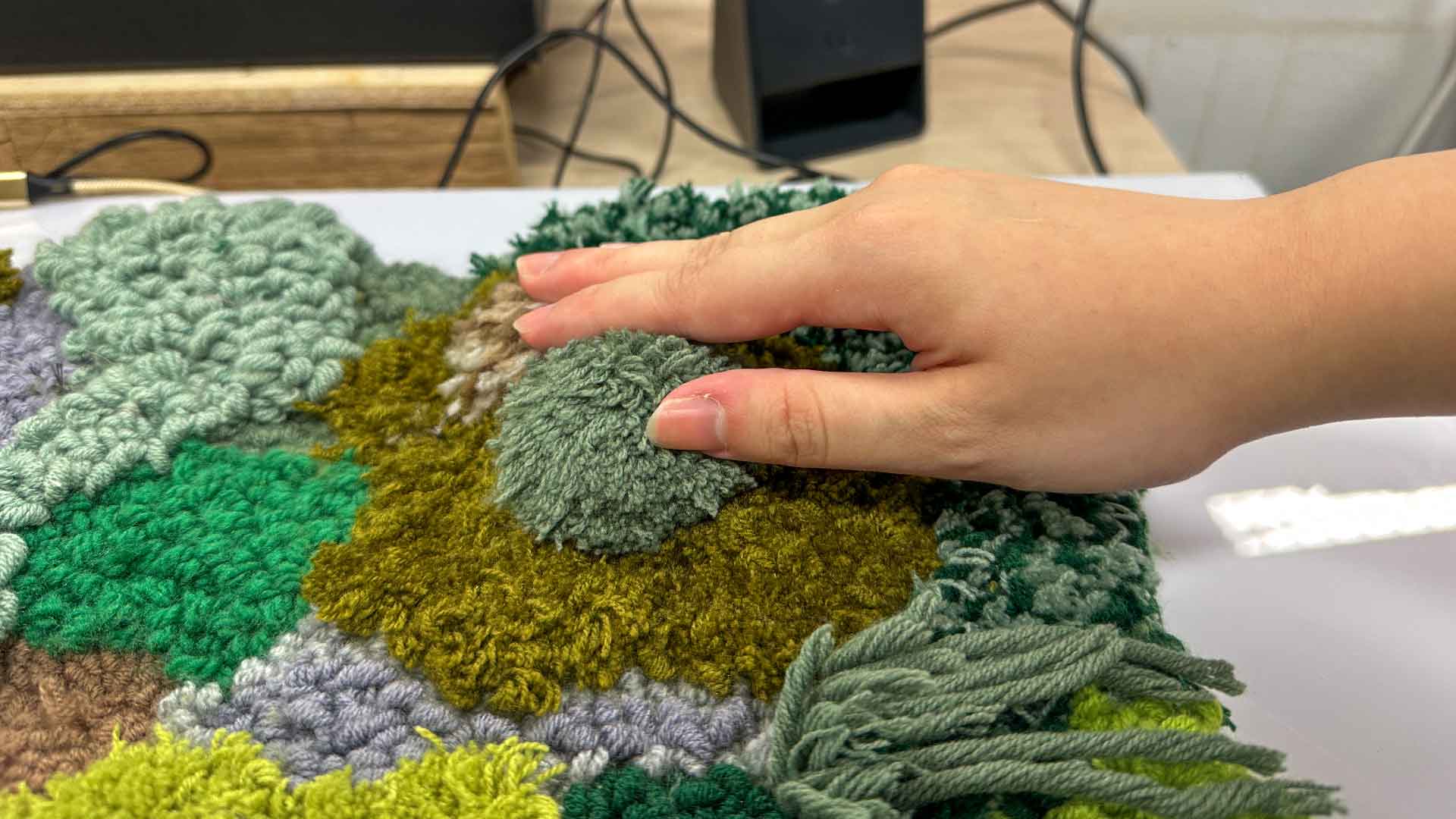
Introduction
Natural Play Mat
Design Outcome 01
The Natural Play Mat represents a natural soundscape, but instead of the natural sounds we would expect, the conductive sensors will play recordings of various urban noises obtained from my field recordings. It illustrates the effect of urban noises on places of relaxation, such as our public parks.
In order to improve the responsiveness of some patches, I shortened the audio files and added more conductive thread. Using ChatGPT, I generated a code that uses the fade in and fade out effect to resolve the issue of audio clips stopping suddenly when touching another sensor. As it was my first time using the platform, I encountered a number of errors in the code generated by the platform. Even though the fade in and fade out effects were not obvious and very subtle, they represented an enormous improvement over my previous prototype.
In order to better immerse my audience in the environment of Singapore's public parks, I accompanied the Natural Play Mat with a compilation of short videos I took during my soundwalk.
Artefact Photos
Goosebumps Maker
Design Outcome 02
By rubbing against different textures,
you can adjust how the particles react.
The more vibration, the more distorted
the image will appear. The purpose of
this artefact is to simulate the effects
of human actions on noise pollution.
I found a Korean YouTube video tutorial on generating point clouds. Although the tutorial was not in English, it was still quite easy to follow. The final results resemble pixel art or stippling art. Using an image of a pigeon downloaded from Pexels, I realised that generative point clouds work best with images containing one main subject rather than complex images. When I tested the effect on a landscape photo taken at the Singapore Botanical Gardens, the result was not as pleasing due to the amount of details included in the image. Due to the dark colours of the pigeon image, the 3D points were more visible.
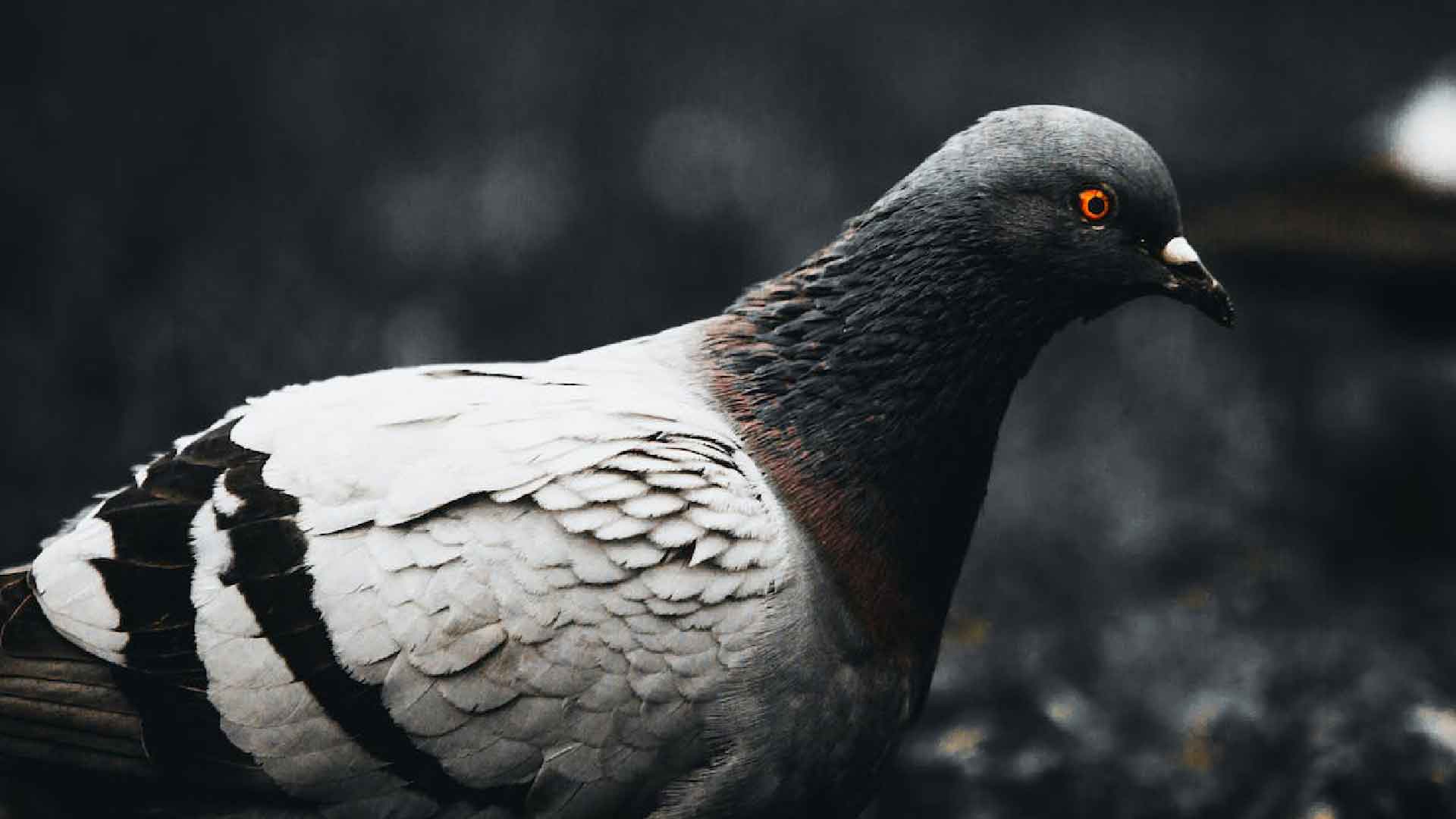
Img. 42 — Gray Pigeon by Babek Gadirly 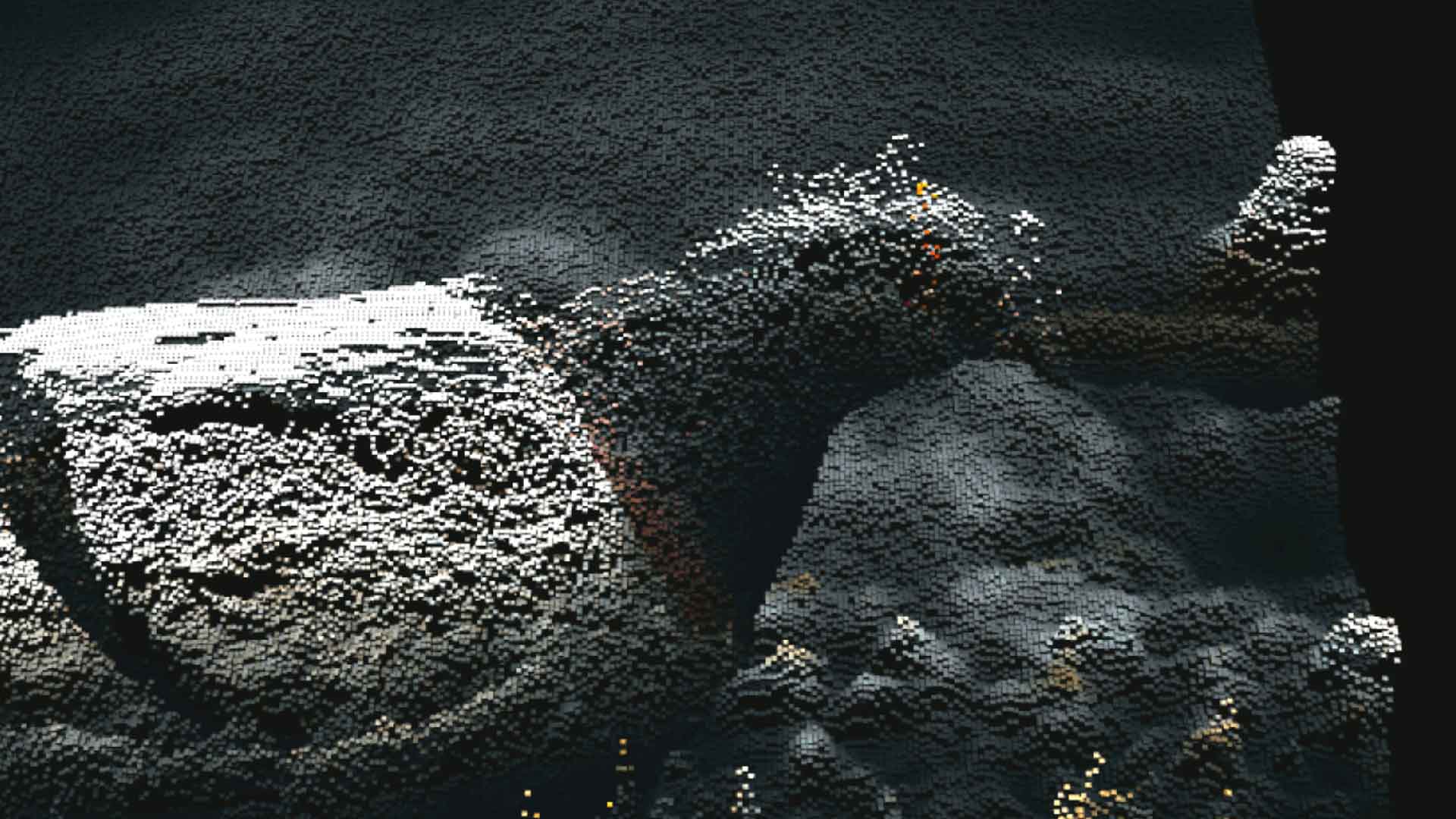
TouchDesigner Point Cloud
Artefact Photos
Printed Publication
The publication consists of my soundwalks, my catalogue of making, and my final artefact design outcomes. I had never done perfect binding before, having only used saddle stitch binding in the past. Originally, I intended to stitch the binding myself, but I was unable to do so due to time constraints. Since I realised that the book cover should have been designed after measuring the content pages, I have removed the spine design from the original book cover. The spine design was removed due to a lack of time.
I printed cards of one of my TouchDesigner experiments that utilised WorldCAST WebAR to create an augmented reality video. By scanning the QR code provided, my users will be able to view the image distortion and listen to one of my field recordings. Using a picture of a plant that I downloaded from Pexels, I designed the back of the card.
Using labels with illustrations, I have provided clearer instructions and some background information about my design outcomes. As in my previous Open Studio setup, these printed labels will be positioned between clear acrylic blocks.
Printed Publication and Card
Original Book Cover
Card Design

Img.43 — Green Leafed Plant by Scott Webb
Labels
